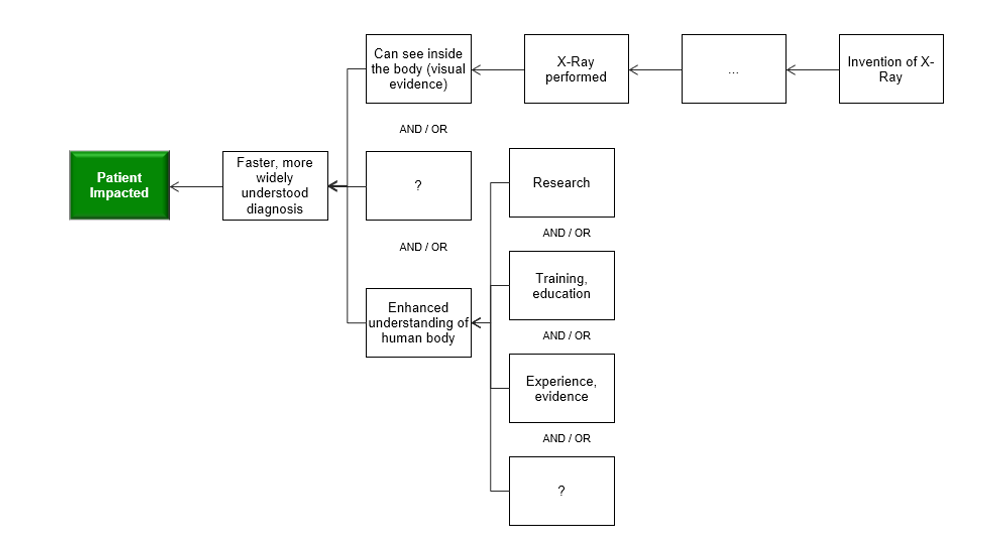When people think about investigations, they usually jump right to thinking about problems. As a facilitator that investigates these problems, I can sometimes become pessimistic because all I hear about is what is not going well. To add some positivity to the subject of problems, I want to highlight how we can benefit from investigating positive impacts rather than the usual negative, and also how there are lessons that can be learned from digging into things that went well.
Optimistic with Opportunities
Sometimes there are unintended positive effects from decisions, mistakes, or accidents. Unintended inventions are a great example. Inventions like the Pacemaker, Velcro, X-Rays, even Super Glue came about by accident. Investigating these instances or occurrences can be very beneficial.
I realize that one could argue there have been negative impacts from each of these inventions, but on a macro scale. I’m going to assume the positive impacts have outweighed the negative for this purely positive blog (#positivity).
If you begin to look at the positive impact of the X-Ray on a patient, it may look like the following Cause Map:

Believe me, I could geek-out describing how the X-Ray was invented but for the sake of everyone’s time, I’ll stop the “whys” here.
Let’s take a proactive look at how a patient’s safety or wellbeing may be impacted. By taking this approach, we can identify further opportunities or potential barriers. What else can be done to better understand the patient’s “problem?”

Keep asking.
We can ask the patients. We can ask employees, students and teachers to understand how research, training, education, {insert your own cause here} may be improved. We can even look at different goals that may be impacted or that you want to improve.
Adding goals to the map can identify further opportunities that can assist to enhance employee safety, productivity, and work experience. For instance, aren’t the employees benefiting from the X-Ray machines? The X-Ray machine allows medical employees to be more efficient with their time because the employees can see what the patient cannot. The patient can describe their symptoms and the employee can use the X-Ray machine to confirm (or disprove) a diagnosis.

The above cases focus on proactively asking “what could help us improve” to build a cumulative cause map but we can also investigate specific incidents that did go well to help understand organizational opportunities. For instance, the “Miracle on the Hudson” where a pilot successfully landed on the Hudson River after losing both engines is a great example. We can learn how to possibly increase engine reliability, emergency landings and other findings that may only appear once an incident is investigated.
Using near misses can be a very effective method for improving safety and reliability within an organization.
Our problems are complex, and the opportunities are endless. I realize these are very rudimentary and brief examples, but I want to begin to shed light (pun intended) on the subject.
I’m interested to know if you’ve experienced an unintended positive outcome and how you’ve learned from it! Please share your thoughts in the comments section.
Thanks for reading!










